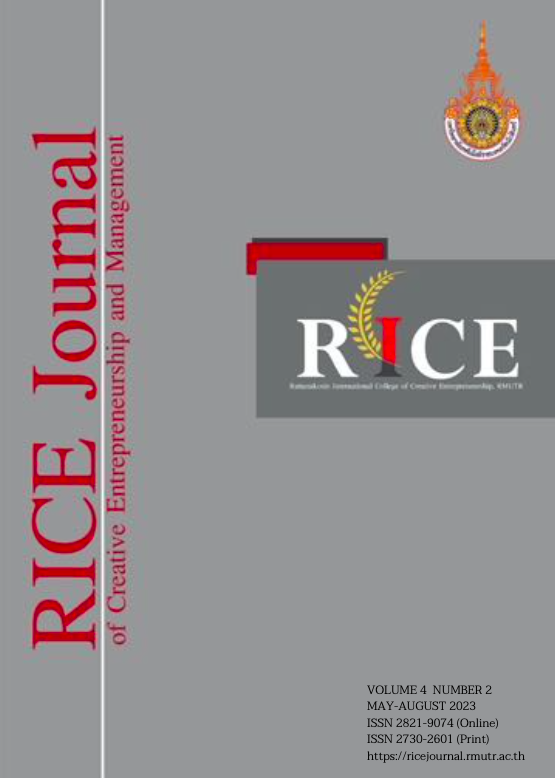Guidelines for Organizing Computer Science Courses at the Elementary Level
Keywords:
Curriculum, computing science, elementary, content classification, content indicatorsAbstract
Abstract
Technology Learning, known as Mathematical Science, aims to provide students with learning and computing thinking skills. Analytical thinking for problem solving is a step-by-step and systematic application of computer science knowledge. Information and communication technology to solve problems are found in real life. Learning management and clear assessment will help all teachers—particularly those in science and computer--plan to manage teaching and learning effectively. In this paper, the author analyzed contents for a computer science course at the elementary level and divided them by four indicators in four parts: Part 1, Indicators related to Problem Solving. In the grades 1-3, students will be able to study simple problem solving. The use of various games allows students to practice problem solving skills by getting prepared before facing the real situation. Part 2 Programming Metrics is to take the problem-solving skills from Part 1 and put them in an algorithm. In the beginning it may be programming and using simple command cards; ready-made programs may be subsequently used to write introductory commands. Part 3 Indicators on the use of Software Programs, such as word processors (like MS Word) and data presentation programs (PowerPoint) which students use in various instructional settings; and Part 4 Indicators on using Safe Information Technology. The study provides guidelines for use and maintenance of the equipment, proper use of information technology in daily life, and understanding of students’ rights, duties, and respect for others.
Keywords: Curriculum, computing science, elementary, content classification, content indicators

